Sarah Henrietta Purser was born in Dun Laoghaire (then known as Kingstown) in 1848, though she was brought up in Dungarvan. She was also schooled in Switzerland, going there at the age of 13 and later studied at the Dublin Metropolitan School of Art.
One of 11 children, her family was involved in the milling and brewing business. Following the failure of that business, and her father’s move to America, Purser pursued a career as a portrait painter. In 1878, she went to Paris to study at the Académie Julian. Her time there resulted in an awareness of the work of realists and impressionists.
I went through the British aristocracy like the measles
Thanks to her friendship with the Gore-Booth sisters, Constance and Eva, whom she painted, she was hugely successful in obtaining commissions, once commenting: “I went through the British aristocracy like the measles.” The Irish also among her sitters included W B Yeats, Jack B Yeats, Roger Casement and Douglas Hyde.
Purser was a major figure in the development of the arts in Ireland. She organised an exhibition of the work of Nathaniel Hone and John Butler Yeats, father of the aforementioned William and Jack, in 1901, believing both men to be underrated. This became the impetus for Sir Hugh Lane’s campaign to establish a modern art gallery in Dublin.
Two years later, Purser set up An Tùr Gloine (The Tower of Glass), a co-operative whose aim was to revive the craft of stained glass in Ireland. She founded the Friends of the National Collections of Ireland, a group that acquired works for public collections when there was little funding available.
She was the first female member of the Royal Hibernian Academy
A supporter of the campaign to return Sir Hugh Lane’s French paintings to Ireland, she was key in persuading the Government to make Claremont House home to the Municipal Collection, now better known as the Hugh Lane Gallery, and it is now housing some of Purser’s own work’s.
She was the first female member of the Royal Hibernian Academy and the second woman to sit on the board of governors of the National Gallery of Ireland, serving from 1914 until her death in 1943.
Purser lived for many years in Mespil House, a Georgian mansion on the banks of the Grand Canal. She was very wealthy as a result of shrewd investments, notably in Guinness.
Following her time studying in Paris, Sarah Purser made a number of return visits to the French capital and it was there that she met Maud Gonne, who was some 18 years her junior.
Gonne became involved in French and Irish nationalist causes
The women became friends, and Purser made Maud Gonne the subject of a number of studies. Born in England and educated in France, Maud Gonne moved to Ireland when her army officer father was posted here.
Gonne became involved in French and Irish nationalist causes. Under threat of arrest she had to return to France, but at the turn of the 20th century she came back to Ireland and founded Inghinidhe na hÉireann (Daughters of Erin) and was involved with Lady Gregory and W B Yeats in the setting up of the Abbey Theatre.
Sarah Purser is buried in Mount Jerome Cemetery in Dublin, beside her brothers John and Louis
Maud Gonne was an inspiration for much of Yeats’ love poetry, although she rejected his advances. She was a striking beauty and portraits show why Yeats was besotted with her. She was often seen with a large Irish Wolfhound, or her pet monkey, which she cleverly named Chaperone – this allowed her to go about unaccompanied, as she was able to say she was with her chaperone! This portrait by Purser, titled Miss Maud Gonne, was first exhibited in 1891, then known as The New Pet.
Sarah Purser is buried in Mount Jerome Cemetery in Dublin, beside her brothers John and Louis. Both men were professors in Trinity College Dublin, where her niece, Olive Purser, was the first woman to be made a scholar.
Read more
The Artist's Studio: Lady Hazel Lavery with her Daughter Alice and Stepdaughter
The Front Row: a cultural trip to Cork
Sarah Henrietta Purser was born in Dun Laoghaire (then known as Kingstown) in 1848, though she was brought up in Dungarvan. She was also schooled in Switzerland, going there at the age of 13 and later studied at the Dublin Metropolitan School of Art.
One of 11 children, her family was involved in the milling and brewing business. Following the failure of that business, and her father’s move to America, Purser pursued a career as a portrait painter. In 1878, she went to Paris to study at the Académie Julian. Her time there resulted in an awareness of the work of realists and impressionists.
I went through the British aristocracy like the measles
Thanks to her friendship with the Gore-Booth sisters, Constance and Eva, whom she painted, she was hugely successful in obtaining commissions, once commenting: “I went through the British aristocracy like the measles.” The Irish also among her sitters included W B Yeats, Jack B Yeats, Roger Casement and Douglas Hyde.
Purser was a major figure in the development of the arts in Ireland. She organised an exhibition of the work of Nathaniel Hone and John Butler Yeats, father of the aforementioned William and Jack, in 1901, believing both men to be underrated. This became the impetus for Sir Hugh Lane’s campaign to establish a modern art gallery in Dublin.
Two years later, Purser set up An Tùr Gloine (The Tower of Glass), a co-operative whose aim was to revive the craft of stained glass in Ireland. She founded the Friends of the National Collections of Ireland, a group that acquired works for public collections when there was little funding available.
She was the first female member of the Royal Hibernian Academy
A supporter of the campaign to return Sir Hugh Lane’s French paintings to Ireland, she was key in persuading the Government to make Claremont House home to the Municipal Collection, now better known as the Hugh Lane Gallery, and it is now housing some of Purser’s own work’s.
She was the first female member of the Royal Hibernian Academy and the second woman to sit on the board of governors of the National Gallery of Ireland, serving from 1914 until her death in 1943.
Purser lived for many years in Mespil House, a Georgian mansion on the banks of the Grand Canal. She was very wealthy as a result of shrewd investments, notably in Guinness.
Following her time studying in Paris, Sarah Purser made a number of return visits to the French capital and it was there that she met Maud Gonne, who was some 18 years her junior.
Gonne became involved in French and Irish nationalist causes
The women became friends, and Purser made Maud Gonne the subject of a number of studies. Born in England and educated in France, Maud Gonne moved to Ireland when her army officer father was posted here.
Gonne became involved in French and Irish nationalist causes. Under threat of arrest she had to return to France, but at the turn of the 20th century she came back to Ireland and founded Inghinidhe na hÉireann (Daughters of Erin) and was involved with Lady Gregory and W B Yeats in the setting up of the Abbey Theatre.
Sarah Purser is buried in Mount Jerome Cemetery in Dublin, beside her brothers John and Louis
Maud Gonne was an inspiration for much of Yeats’ love poetry, although she rejected his advances. She was a striking beauty and portraits show why Yeats was besotted with her. She was often seen with a large Irish Wolfhound, or her pet monkey, which she cleverly named Chaperone – this allowed her to go about unaccompanied, as she was able to say she was with her chaperone! This portrait by Purser, titled Miss Maud Gonne, was first exhibited in 1891, then known as The New Pet.
Sarah Purser is buried in Mount Jerome Cemetery in Dublin, beside her brothers John and Louis. Both men were professors in Trinity College Dublin, where her niece, Olive Purser, was the first woman to be made a scholar.
Read more
The Artist's Studio: Lady Hazel Lavery with her Daughter Alice and Stepdaughter
The Front Row: a cultural trip to Cork




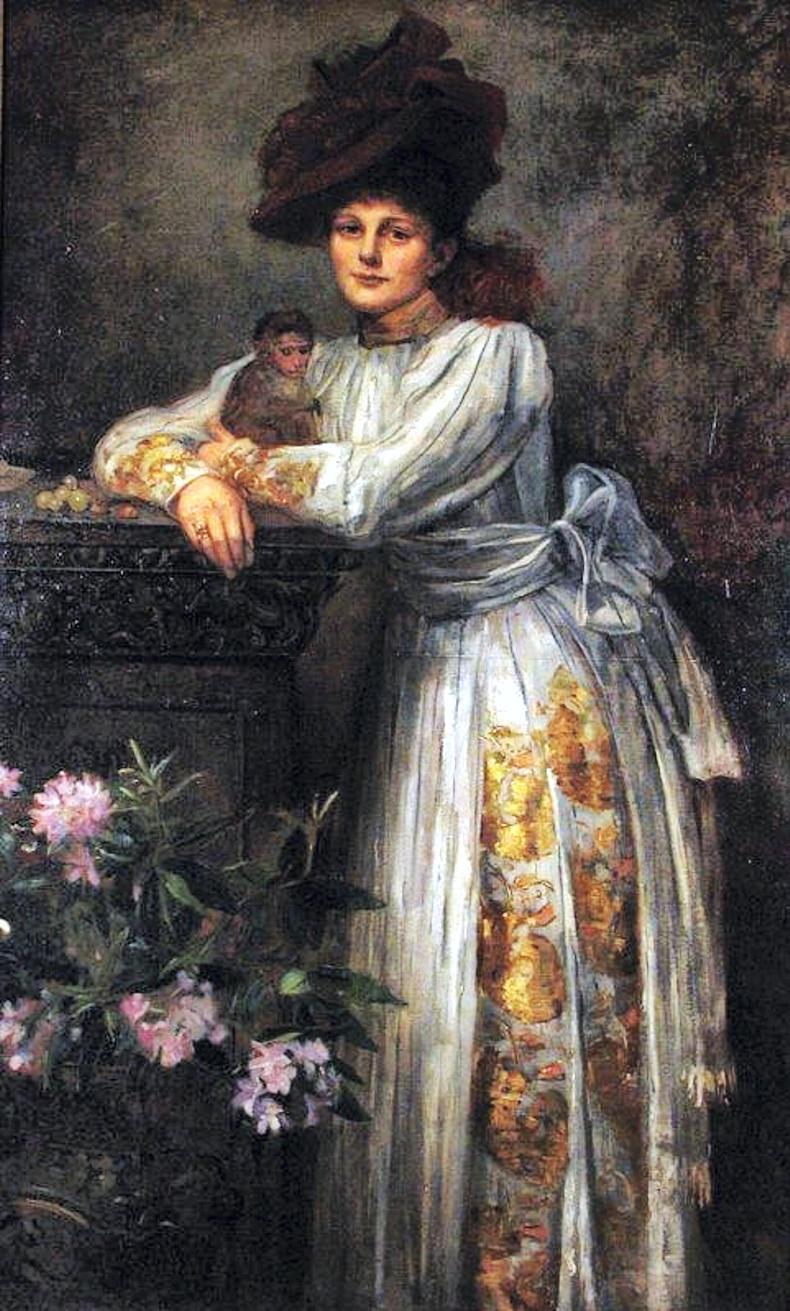
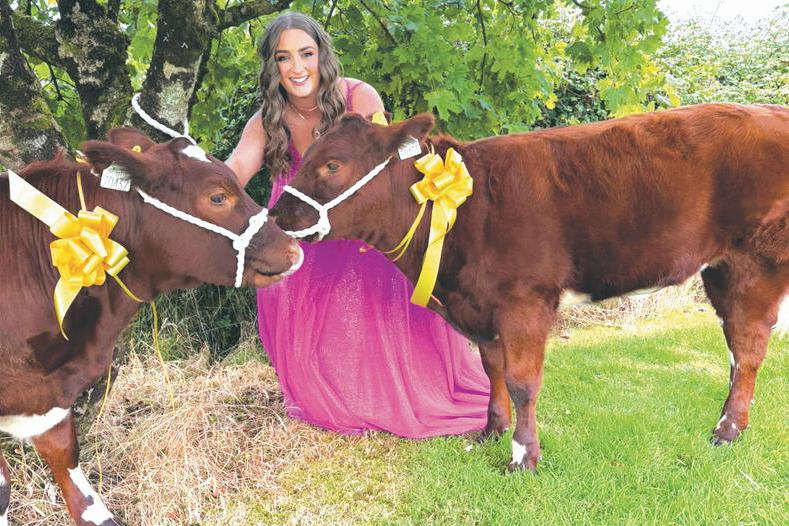
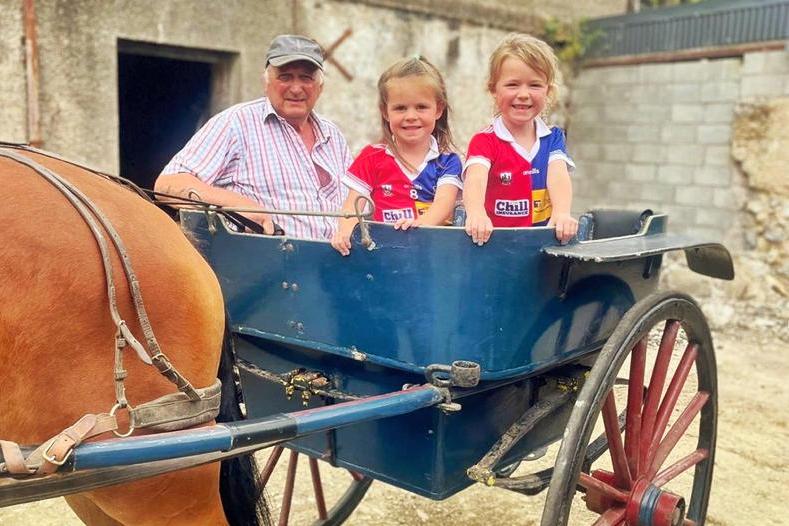
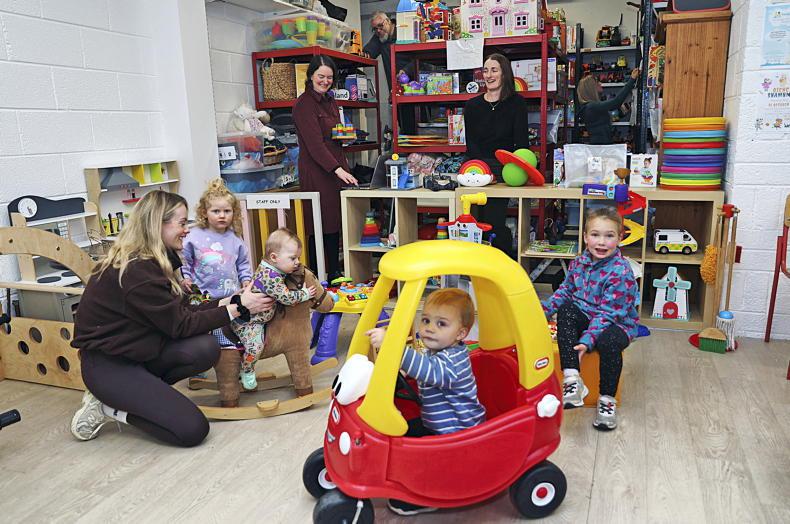
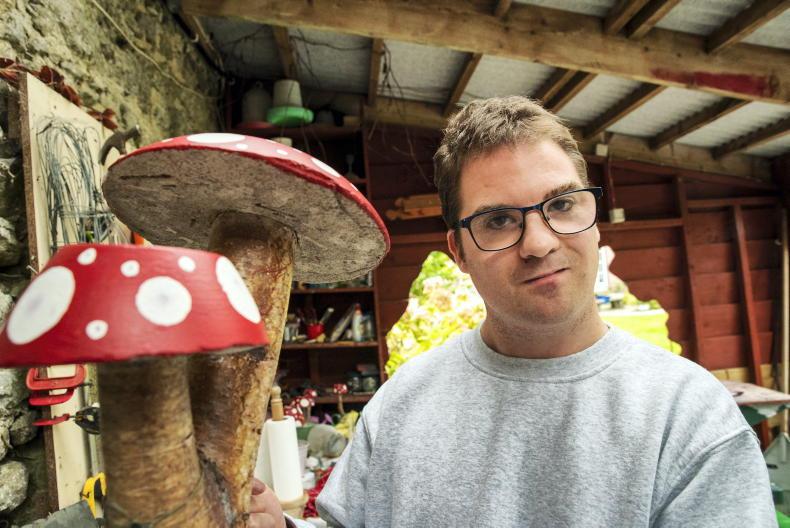
SHARING OPTIONS